Paddleboard Fishing in Mosquito Lagoon
An email led to my going paddleboard fishing in Mosquito Lagoon today.
My host, or I should say my gracious host, Tim Baker, is principal at East Coast Paddle. Before we went fishing Tim explained his company’s focus to me:
-first, they build the world’s highest quality paddleboards in Edgewater, supporting 15 families right here in central Florida;
-they build various types of paddleboards for fishing, surfing, and ecotouring;
-they are a paddleboard service company, providing guided fishing, guided ecotours, and rentals;
-they give paddleboarding instruction to everyone using their services.
Tim has a specially built pontoon boat he uses to transport paddleboards and paddleboarders to the destination at which their activity will take place. I stepped on and off we went.
As he was explaining the hows and whys of paddling a paddleboard, Tim took note of the fact that the wind (at 10 to 15 out of the south) was really a bit strong for paddleboard fishing. Having been forewarned, I hopped on the board.
I was a little shaky at first, for all of 30 seconds. Then it was fine.
Like any smart paddler, Tim went upwind first. He chugged right along. I got on my knees to lower my wind resistance.
I saw a redfish tailing in a lee. On the approach I hit the board with the paddle. The fish stopped tailing. You still need to be quiet.
We paddled upwind a while. Tim told me ordinarily they drop the fishermen off with a guide, then move the big boat to a position downwind. That way the paddleboarders never have to fight against the wind.
It was windy, and we sailed. Always the sight fisher, I looked for fish to which I could cast. Tim opted to just cast into potholes. His strategy worked better, as he caught the only fish we got.
I could see the potential for stealthy fish stalking when weather conditions were favorable were enormous. A paddleboard is a quiet, maneuverable platform from which you can silently approach wary fish.
Tim said big tarpon from the board were his favorite target. I can only imagine how exciting that must be.
Tim has made a video about paddleboard fishing for redfish in Mosquito Lagoon which you can find here http://youtu.be/Q7y5sUOfRYs .
After watching it I’m more than ready to go try paddleboard fishing in Mosquito Lagoon again.
For more information about East Coast Paddle, or to inquire about a paddleboard trip, call Tim at 407.406.0742, or visit the website at East Coast Paddle.
Life is short. Go Fishing!
John Kumiski
http://www.spottedtail.com
All content in this blog, including writing and photos, copyright John Kumiski 2013. All rights are reserved.
|
Related articles
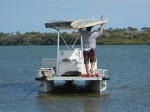
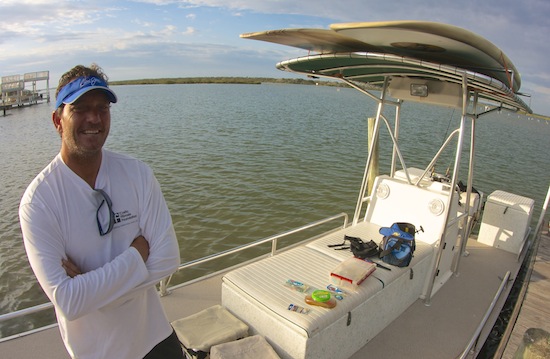
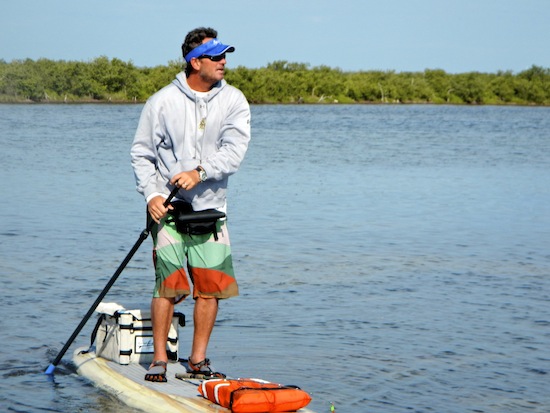
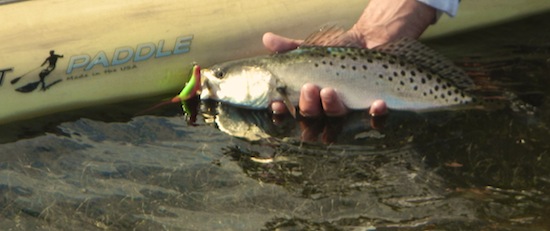
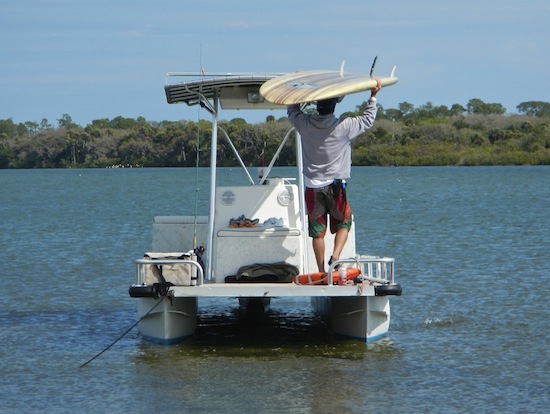
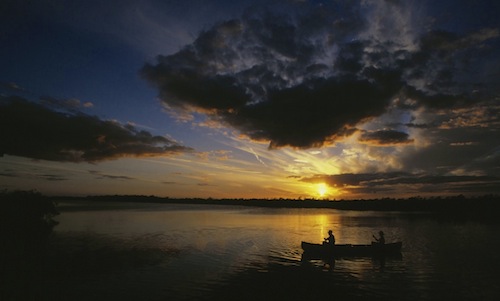

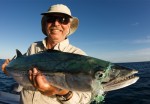
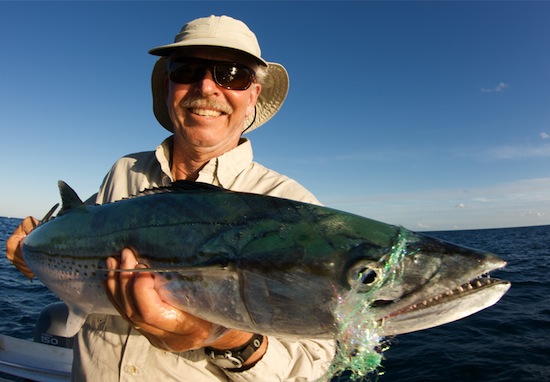
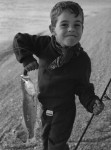
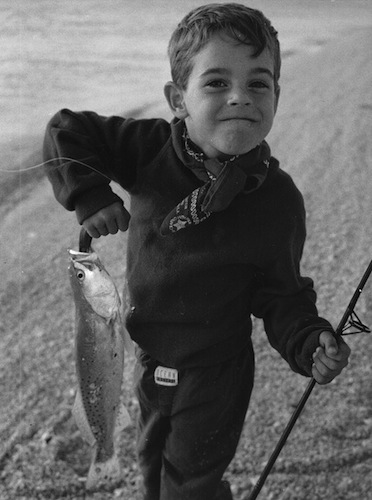
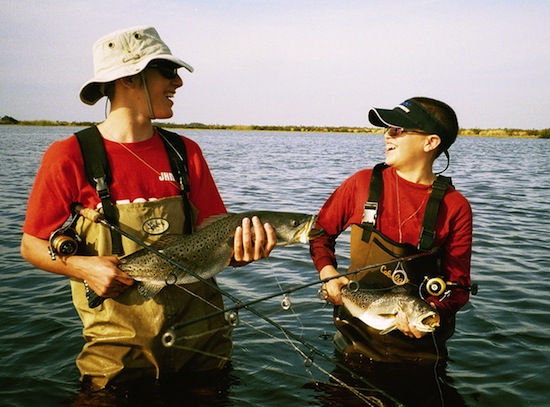
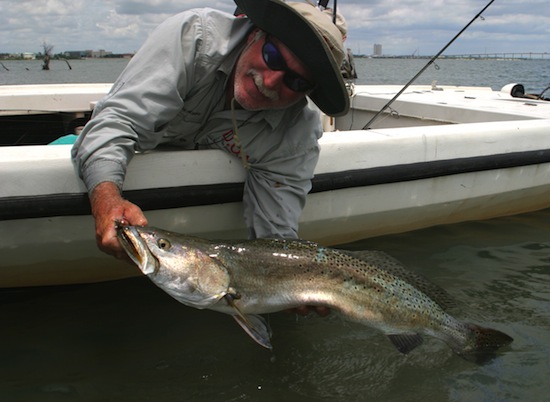
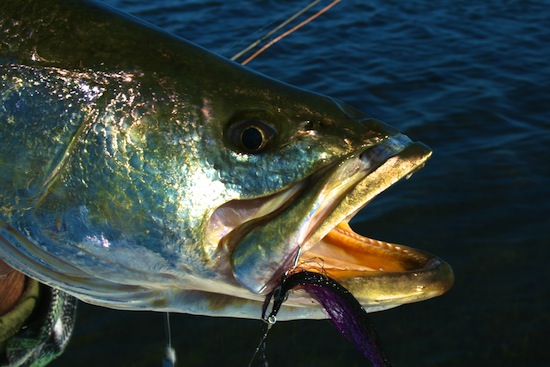
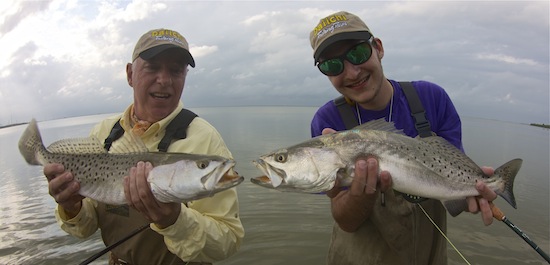
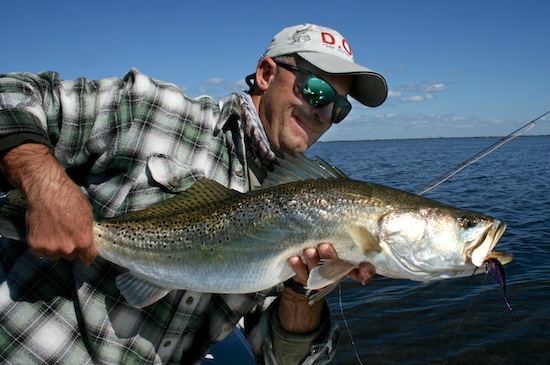
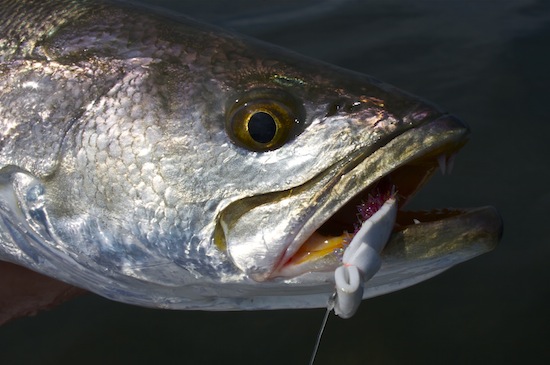
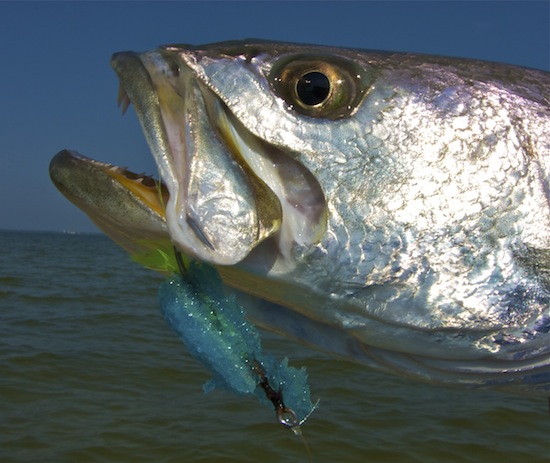
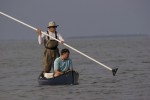
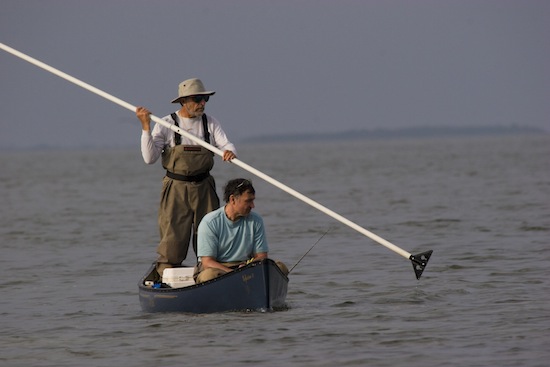
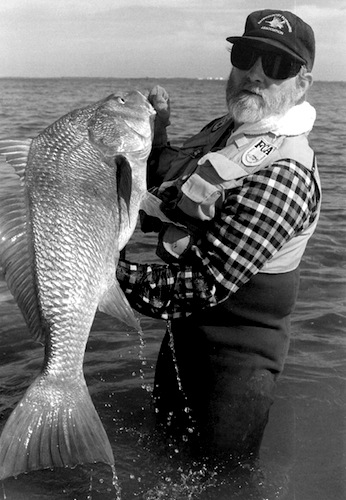
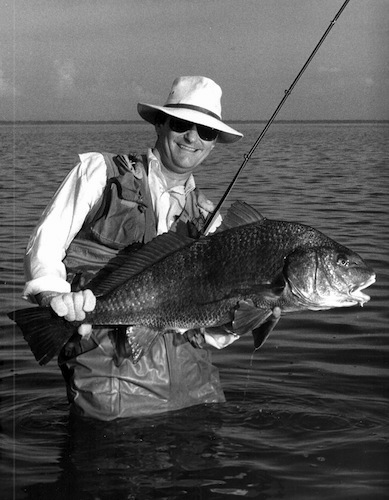
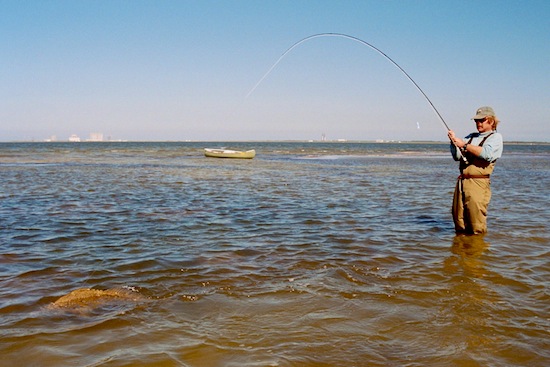
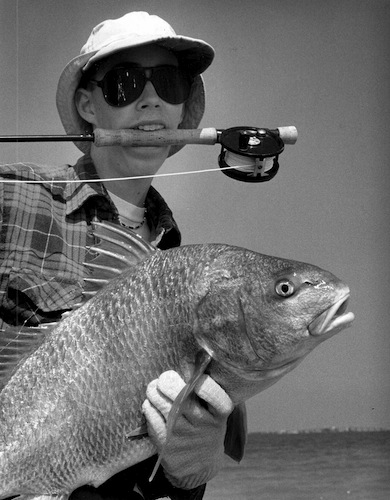
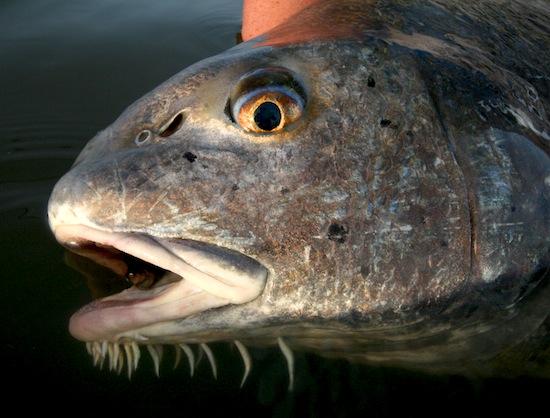

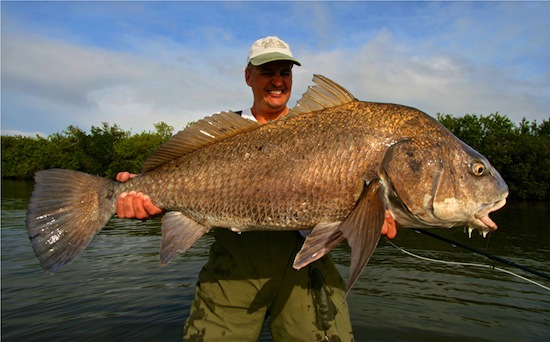
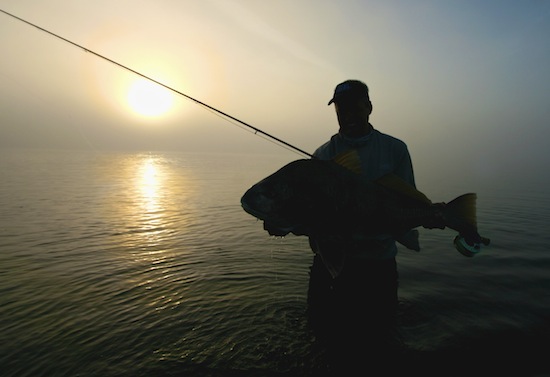
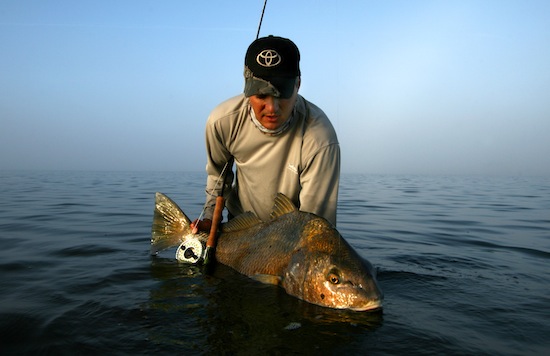
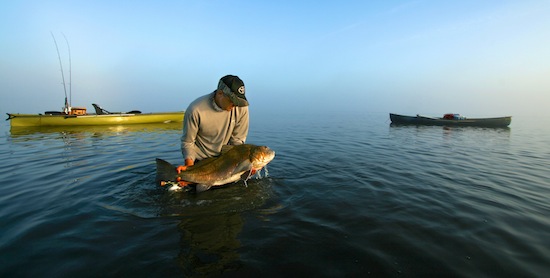

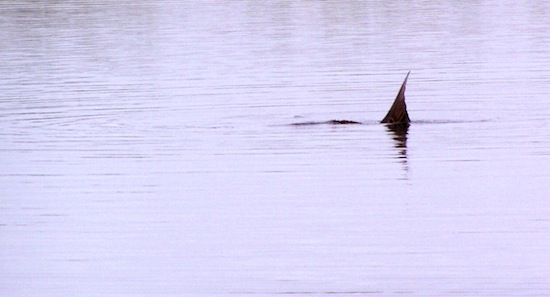


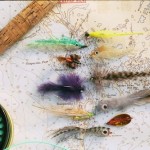
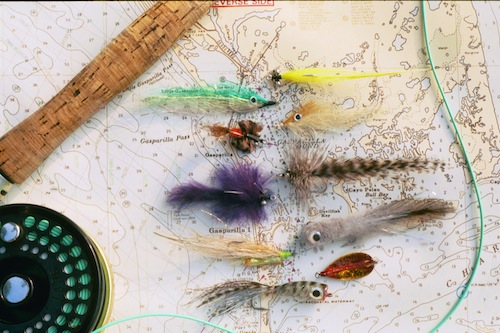
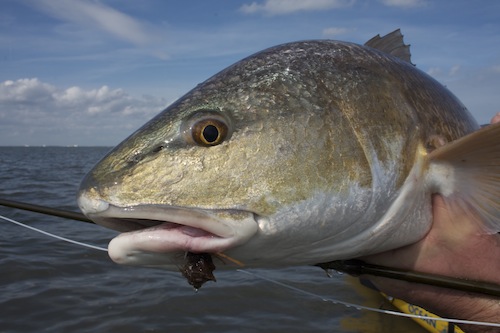
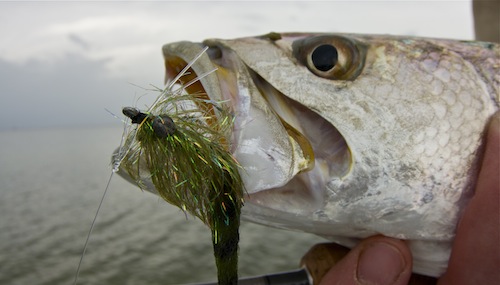
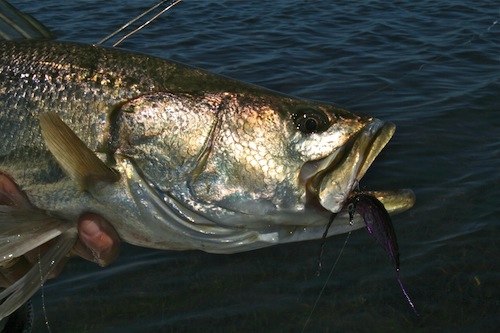
Recent Comments